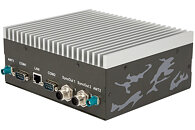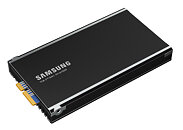MediaTek Upgrades Flagship 4K 120Hz TV Experiences with New Pentonic 1000 Chipset
MediaTek today launched the Pentonic 1000, its latest flagship smart TV system-on-chip (SoC) designed for 4K 120 Hz displays. Pentonic 1000 integrates Wi-Fi 6/6E support, MEMC for smoother video, a powerful AI processor, Dolby Vision IQ with Precision Detail, and 8-screen Intelligent View so users can watch or preview multiple streams of content at once. The chipset also supports the most advanced video codecs and global TV broadcast standards in a single platform.
The MediaTek Pentonic 1000 combines a powerful multi-core CPU, dual-core GPU, dedicated AI processing unit (APU) and video decoding engines into a single chip. The chipset provides resolution support up to 4K at 120 Hz and is capable of VRR up to 4K at 144 Hz for gaming applications. In addition to supporting super-fast frame rates for smoother gaming, it provides a lag-free experience with Auto Low Latency Mode (ALLM).
The MediaTek Pentonic 1000 combines a powerful multi-core CPU, dual-core GPU, dedicated AI processing unit (APU) and video decoding engines into a single chip. The chipset provides resolution support up to 4K at 120 Hz and is capable of VRR up to 4K at 144 Hz for gaming applications. In addition to supporting super-fast frame rates for smoother gaming, it provides a lag-free experience with Auto Low Latency Mode (ALLM).











































